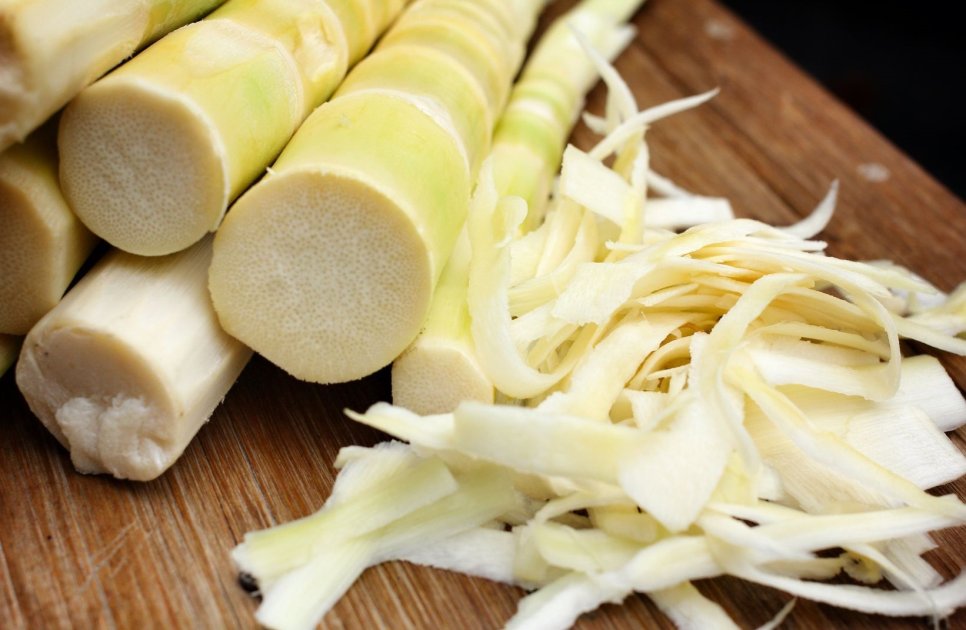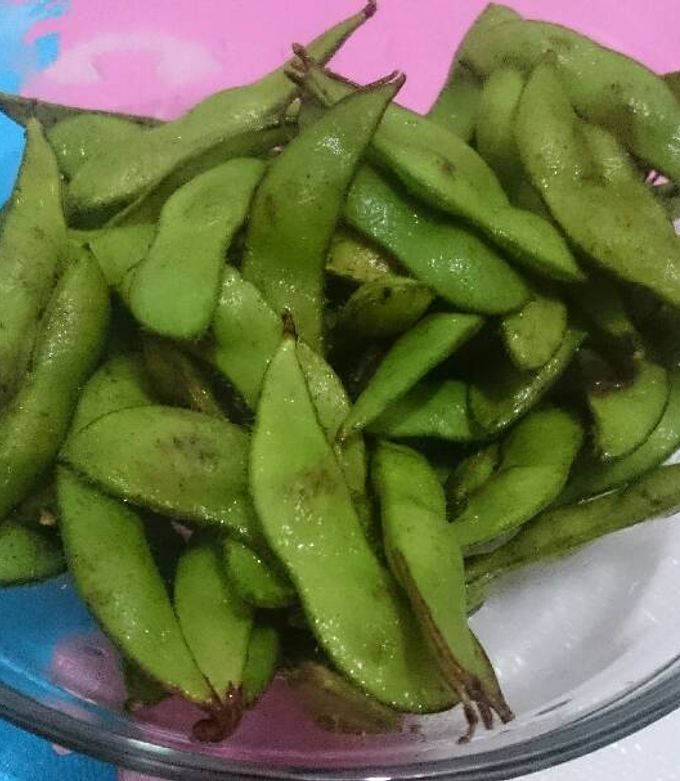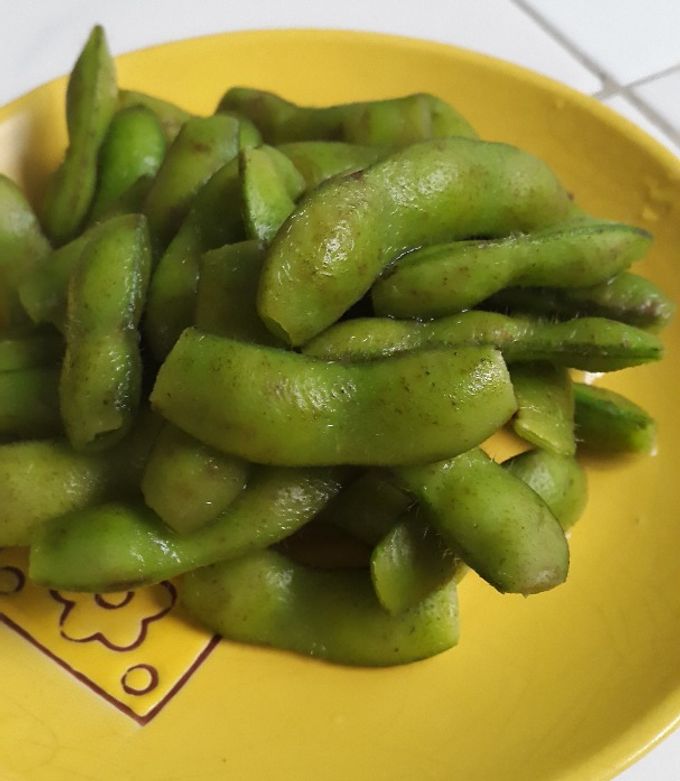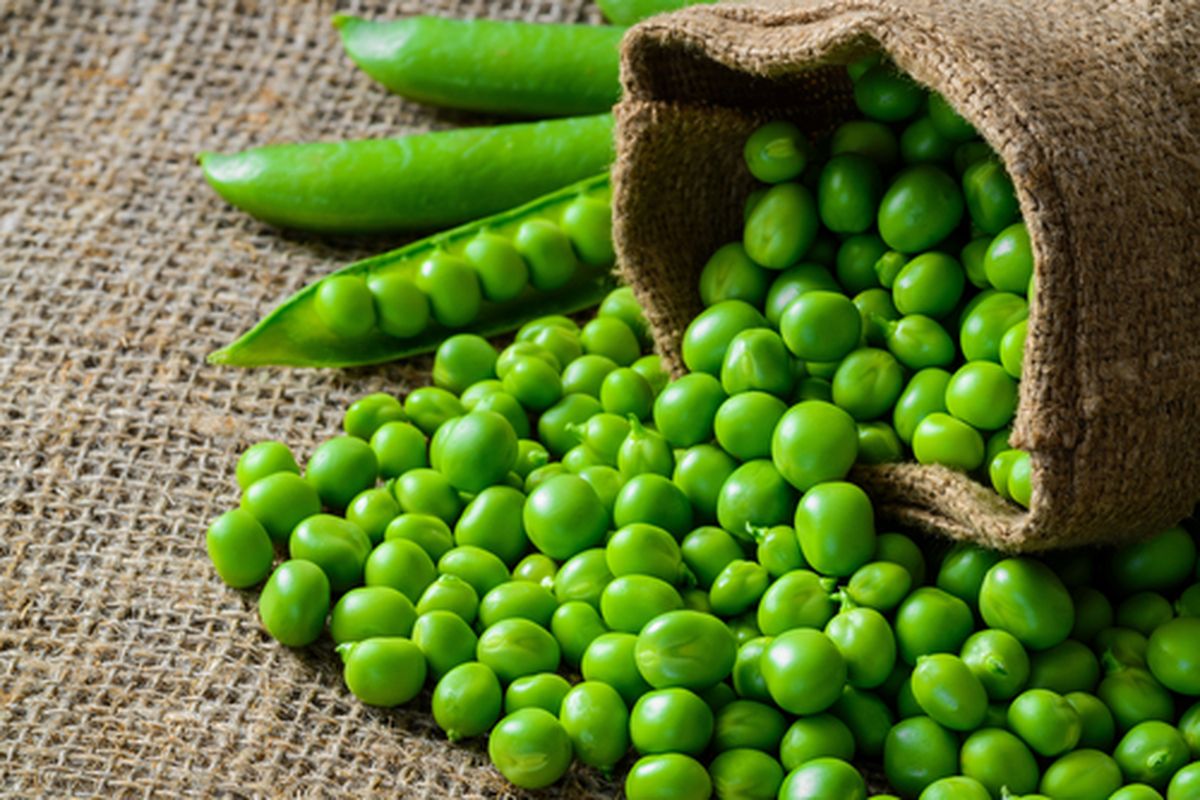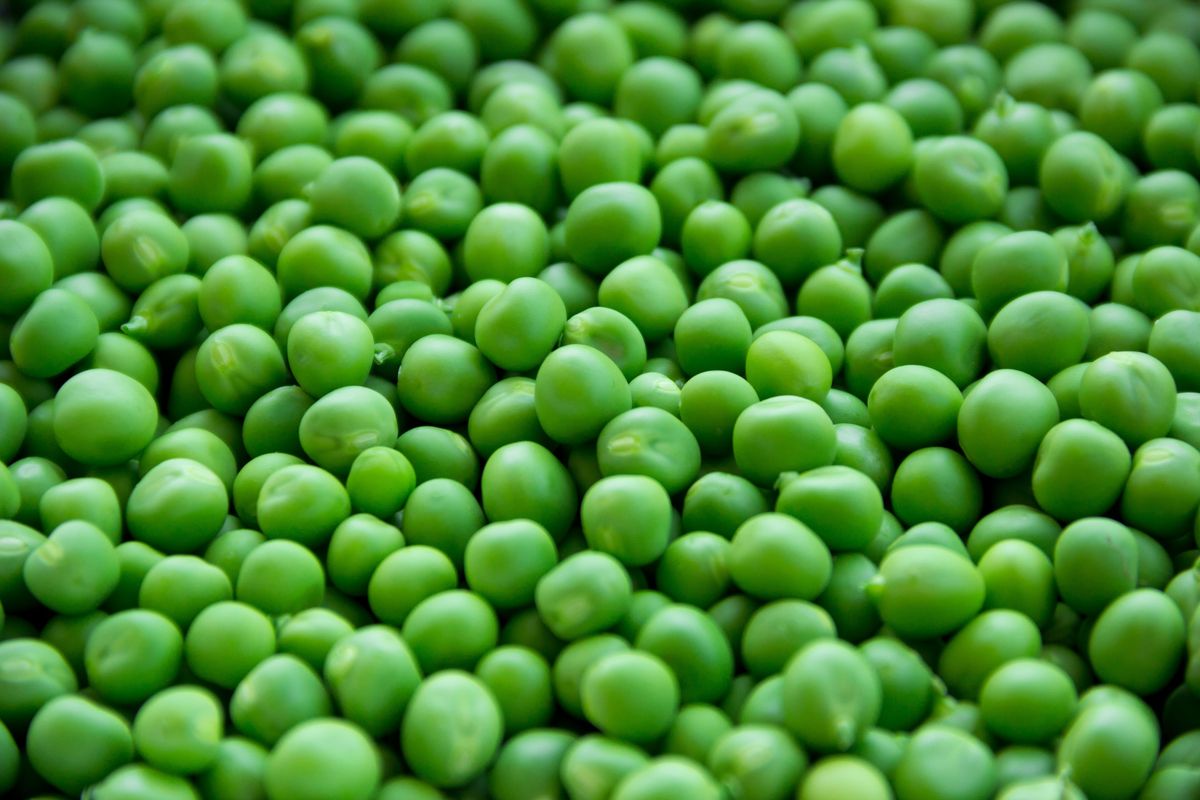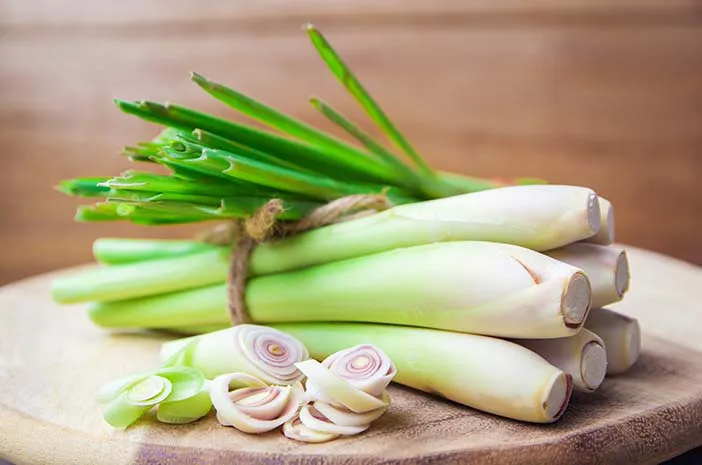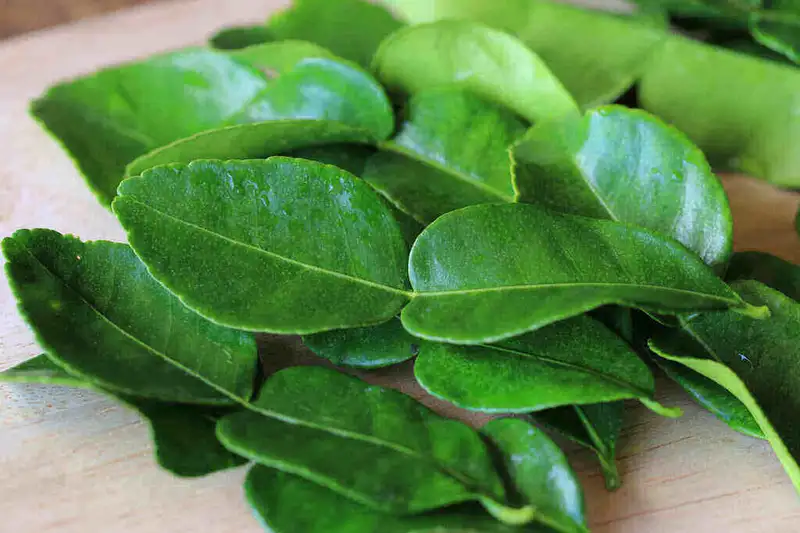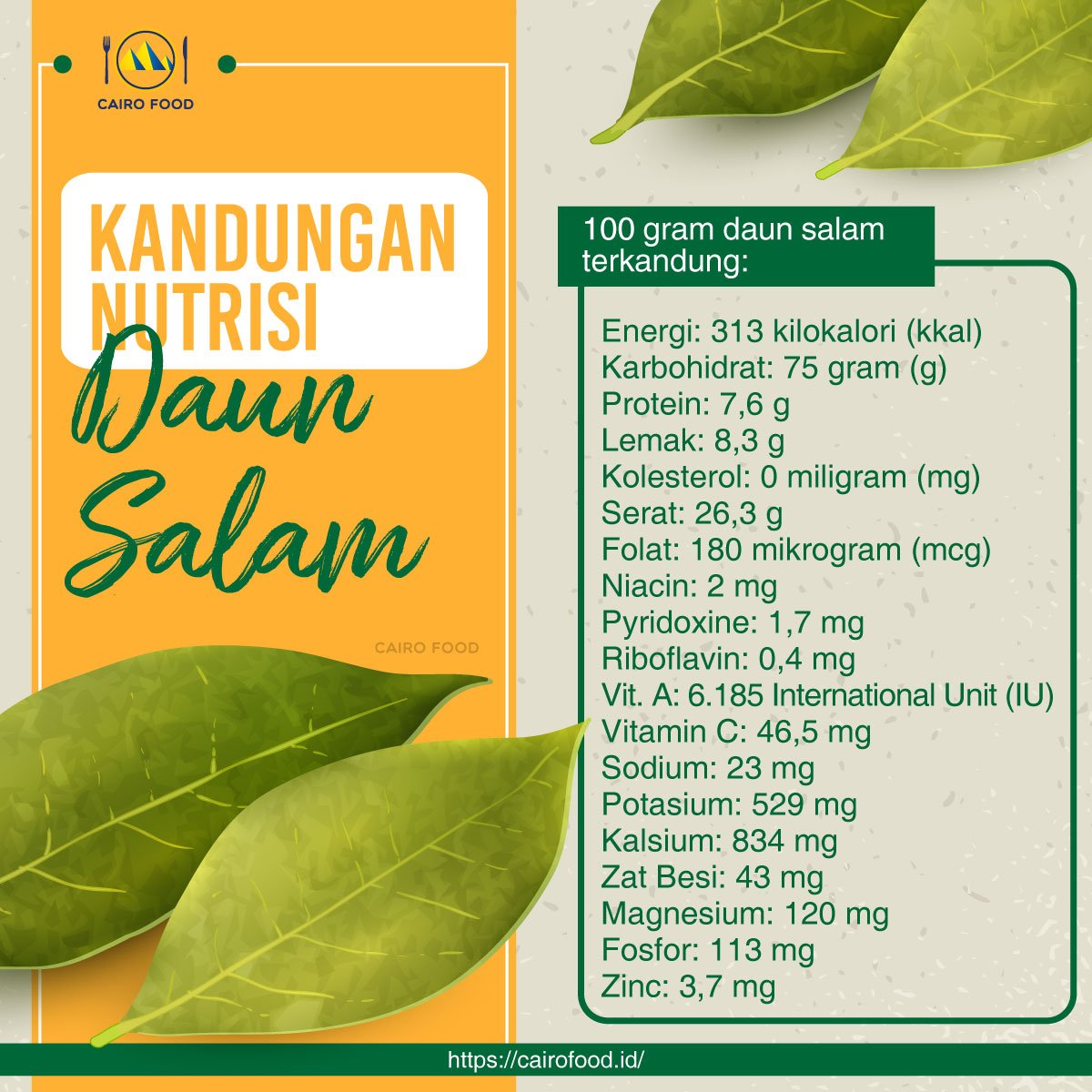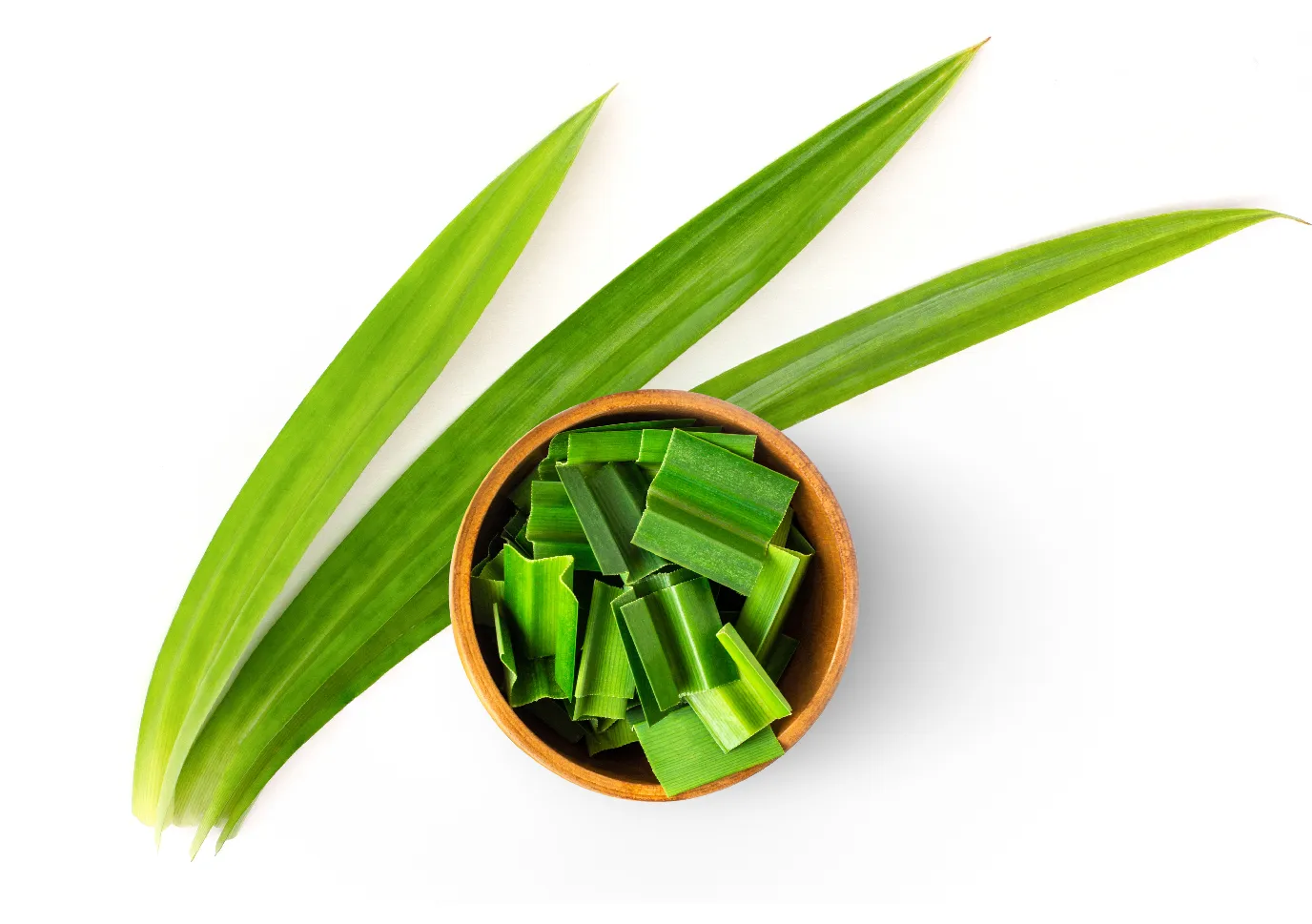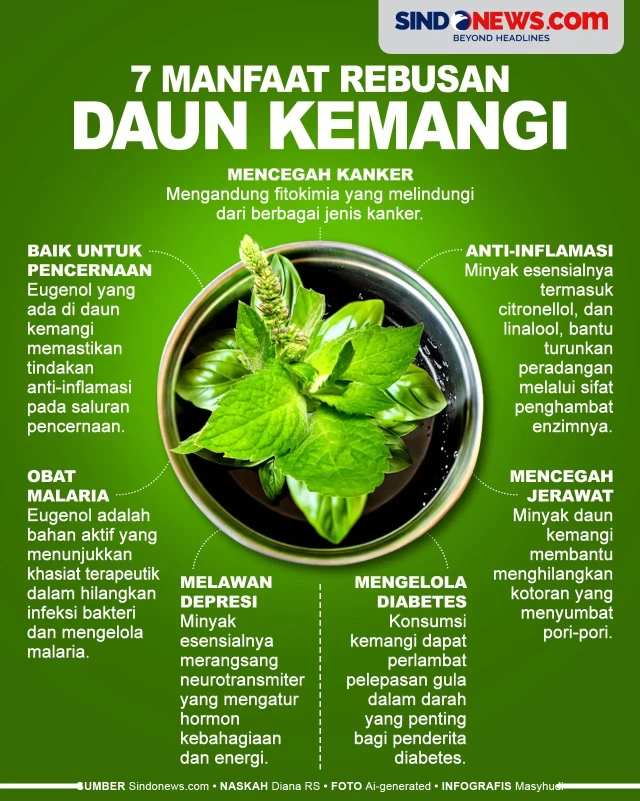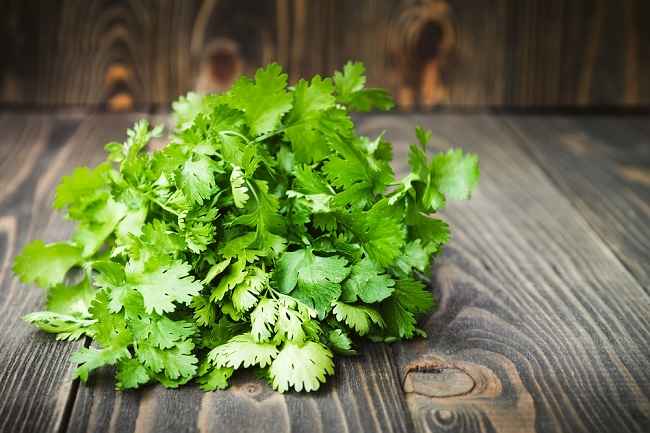Rebung, also known as bamboo shoots, is a highly valued vegetable in many Southeast Asian cuisines. With its crisp texture and subtle flavor, rebung has become a staple ingredient in a variety of traditional dishes. Its versatility extends beyond culinary uses, as it is also appreciated for its nutritional benefits and cultural significance. Whether enjoyed fresh, pickled, or cooked in hearty stews, rebung offers a unique taste experience that reflects the rich agricultural heritage of the region. This article explores the multifaceted aspects of rebung, from its harvesting process to innovative culinary applications, providing a comprehensive overview of this remarkable vegetable.
Introduction to Rebung Vegetables and Their Culinary Uses
Rebung refers to the young shoots of bamboo plants, harvested before they mature into woody stalks. These tender shoots are prized for their delicate texture and mild, slightly sweet flavor. In culinary traditions across Southeast Asia, rebung is used in a diverse array of dishes, including soups, stir-fries, salads, and pickles. Its ability to absorb flavors makes it a versatile ingredient that can complement a variety of spices and seasonings. Chefs and home cooks alike appreciate rebung for its crispness and the way it adds a refreshing element to savory dishes. Additionally, its neutral taste allows it to serve as a base for bold sauces or as a crunchy topping.
In traditional recipes, rebung is often boiled or steamed to soften its fibrous exterior, making it easier to incorporate into various dishes. It is commonly sliced into thin strips or small chunks, depending on the culinary requirement. In some regions, rebung is also fermented or pickled to enhance its flavor and extend its shelf life. The preparation methods vary widely, reflecting local tastes and culinary customs. Its adaptability to different cooking styles makes rebung a beloved ingredient in both everyday home cooking and elaborate festive meals.
Beyond its role in local cuisine, rebung is increasingly used in contemporary dishes and fusion recipes. Chefs experiment with incorporating bamboo shoots into pasta, salads, and even sandwiches, highlighting its potential in modern gastronomy. Its healthful properties and unique texture continue to inspire innovative culinary creations. As awareness of traditional ingredients grows, rebung is gaining recognition not only for its flavor but also for its cultural significance and nutritional value.
Rebung’s culinary uses are not limited to Southeast Asia; it has also found a place in international cuisine. Its incorporation into Asian-inspired dishes in Western countries has introduced a wider audience to its versatility. Whether used as a main ingredient or as a garnish, rebung’s subtle taste and textural qualities make it a compelling addition to diverse menus. Its ability to adapt to various cooking techniques ensures its continued popularity and relevance in contemporary food culture.
In summary, rebung is a versatile vegetable with a rich history in traditional Southeast Asian cooking. Its mild flavor, crisp texture, and adaptability make it suitable for a broad range of culinary applications. From classic soups to modern fusion dishes, rebung’s presence on the plate enriches the dining experience while showcasing the culinary ingenuity of its cultural origins.
Nutritional Benefits of Incorporating Rebung into Your Diet
Rebung is not only valued for its culinary appeal but also for its impressive nutritional profile. As a low-calorie vegetable, bamboo shoots are an excellent choice for those seeking to maintain or lose weight without sacrificing flavor or texture. They are rich in dietary fiber, which aids digestion, promotes satiety, and helps regulate blood sugar levels. Including rebung in meals can contribute to overall digestive health and support weight management efforts.
Moreover, rebung contains essential vitamins and minerals that are beneficial for general health. It provides a good source of potassium, which helps maintain electrolyte balance and supports cardiovascular health. It also supplies vitamins such as B-complex vitamins, including B6 and B1, which are vital for energy metabolism and nervous system function. Additionally, bamboo shoots are a source of antioxidants, substances that help combat oxidative stress and reduce the risk of chronic diseases.
The high fiber content in rebung not only benefits digestion but also plays a role in lowering cholesterol levels. Regular consumption can contribute to improved lipid profiles and a healthier heart. Furthermore, bamboo shoots are known to have anti-inflammatory properties, which may help reduce inflammation in the body and alleviate certain chronic conditions. Their natural compounds can support immune function and overall well-being.
Incorporating rebung into a balanced diet can also be a way to diversify nutrient intake. Its mild flavor pairs well with a variety of vegetables, proteins, and grains, making it easy to include in salads, stir-fries, and soups. This versatility allows for creative and nutritious meal options that cater to different dietary preferences and cultural cuisines. The vegetable’s health benefits make it an attractive addition for health-conscious individuals.
Finally, rebung is a sustainable and eco-friendly food choice. Bamboo is a fast-growing plant that requires minimal resources to cultivate, making bamboo shoots an environmentally sustainable crop. Its inclusion in diets not only promotes health but also supports ecological balance and sustainable agriculture practices. Overall, rebung offers a compelling combination of nutritional benefits, culinary flexibility, and environmental advantages.
The Harvesting Process of Rebung: From Bamboo to Market
The harvesting of rebung begins with the careful selection of young bamboo shoots, typically harvested before they reach full maturity. Farmers often identify promising bamboo groves during the early spring when shoots emerge from the ground. The process requires skill and knowledge, as the shoots must be harvested at the optimal size—tender, yet sufficiently developed to ensure quality and flavor. Timing is crucial; harvesting too early or too late can affect the texture and taste of the final product.
Once the shoots are identified, harvesters use sharp knives or sickles to extract them from the soil. This process involves digging around the base of the shoot and carefully extracting it to prevent damage to the surrounding bamboo stalks. The shoots are then cleaned to remove soil and debris, often by rinsing with water. In some regions, the outer layers are peeled away immediately after harvesting to prepare the shoots for immediate consumption or further processing.
After harvesting, rebung typically undergoes a blanching process—boiling briefly in water to remove bitterness and any potential toxins. This step also helps preserve the shoots and extend their shelf life. In traditional practices, the shoots may be sun-dried or preserved through fermentation or pickling, depending on local customs and intended use. Modern packaging methods, such as vacuum sealing or freezing, have also become common to meet market demands.
The processed bamboo shoots are then transported to markets, where they are sold fresh or preserved. In many Southeast Asian countries, rebung is a seasonal product, with peak harvest periods aligning with specific months. Farmers and vendors often work together to ensure that the freshest shoots reach consumers promptly. The journey from bamboo forest to market involves careful handling to maintain the quality and freshness of the shoots.
In recent years, technological advances have improved the efficiency and sustainability of the harvesting process. Innovations such as mechanized harvesting tools and improved storage techniques help reduce waste and increase yield. Sustainable harvesting practices are emphasized to prevent overharvesting and ensure the long-term availability of bamboo shoots. The entire process reflects a blend of traditional knowledge and modern agricultural practices.
Overall, the journey of rebung from bamboo forest to market is a testament to the skill and dedication of farmers and harvesters. It involves a series of careful steps aimed at preserving the vegetable’s quality and flavor, ensuring that consumers receive a fresh and nutritious product. This process underscores the importance of sustainable and responsible harvesting methods to maintain the ecological and cultural significance of rebung.
Popular Recipes Featuring Rebung in Traditional Cuisine
Rebung is a versatile ingredient deeply embedded in traditional Southeast Asian cuisine, finding its way into a wide array of beloved dishes. One of the most popular recipes is Rebung Soup, a comforting broth flavored with herbs, spices, and often supplemented with seafood or chicken. The tender bamboo shoots add a subtle crunch and absorb the savory flavors of the broth, creating a harmonious balance that is both hearty and refreshing. This dish is commonly served during special occasions and family gatherings, symbolizing warmth and togetherness.
Another well-known dish is Rebung Stir-Fry, where sliced bamboo shoots are cooked quickly with garlic, chili, soy sauce, and vegetables. The stir-fry method preserves the crispness of the rebung while infusing it with aromatic seasonings. It is often paired with rice or noodles, making it a simple yet flavorful meal. This dish showcases rebung’s ability to complement bold flavors and add texture to everyday meals.
Rebung Salad is also a popular traditional dish, especially in coastal regions. The bamboo shoots are blanched and then mixed with fresh herbs, lime juice, chili, and sometimes seafood or shredded chicken. The salad emphasizes the refreshing qualities of rebung, making it a perfect appetizer or side dish during hot weather. Its bright flavors and crunchy texture provide a delightful contrast to richer main courses.
In addition to these, fermented rebung is used in certain regional recipes, where the shoots are pickled or fermented to develop a tangy flavor. These preserved versions are often eaten as snacks or used as condiments. The fermentation process enhances the nutritional value and introduces complex flavors that are integral to traditional culinary practices.
Rebung also features prominently in festive dishes, such as bamboo shoot curry or sticky rice with rebung. These recipes highlight the versatility of rebung, allowing it to be incorporated into both simple everyday meals and elaborate celebration dishes. Its ability to absorb flavors and add texture makes rebung an indispensable ingredient in traditional cuisine.
Overall, rebung’s presence in traditional recipes reflects its cultural importance and culinary adaptability. Its inclusion in a variety of dishes underscores its role in shaping the distinctive flavors and textures characteristic of Southeast Asian cooking, ensuring its continued popularity across generations.
How to Select Fresh and Quality Rebung at the Market
Choosing fresh and high-quality rebung is essential to enjoy its best flavor and texture. When shopping at the market, look for bamboo shoots that are firm, plump, and free from blemishes or discoloration. Fresh rebung should have a clean, earthy smell, indicative of recent harvest,

